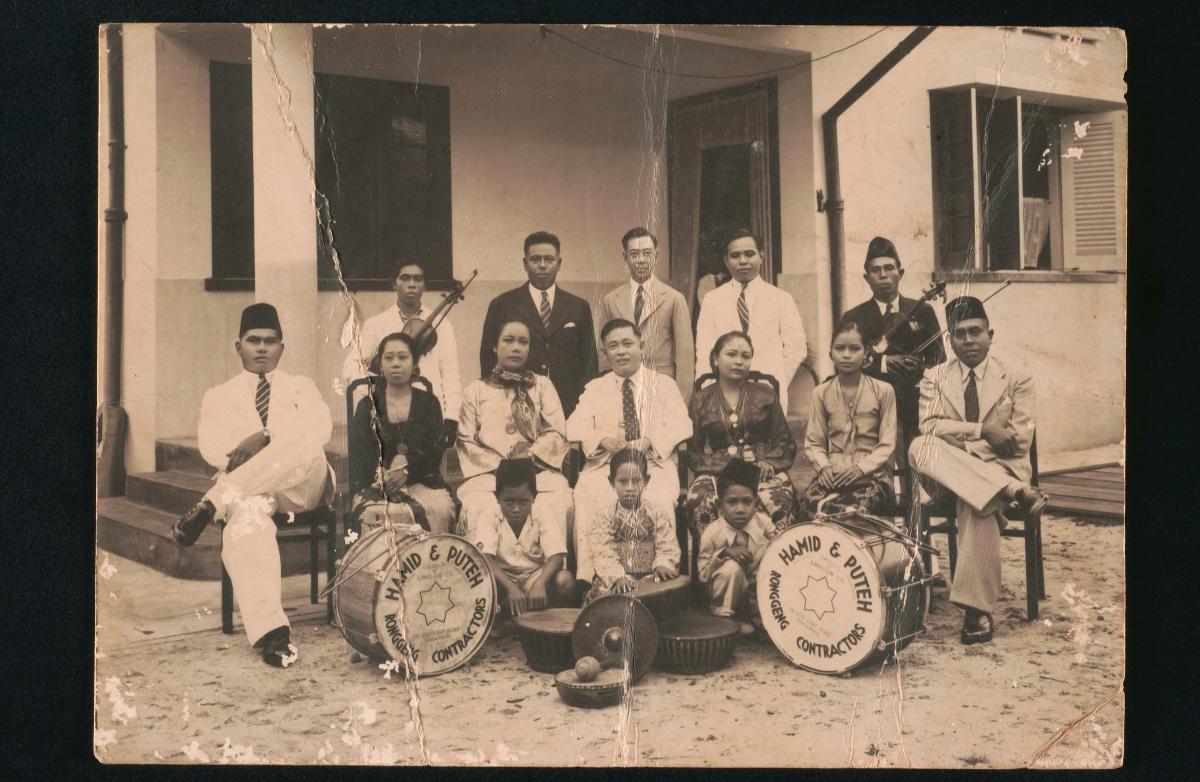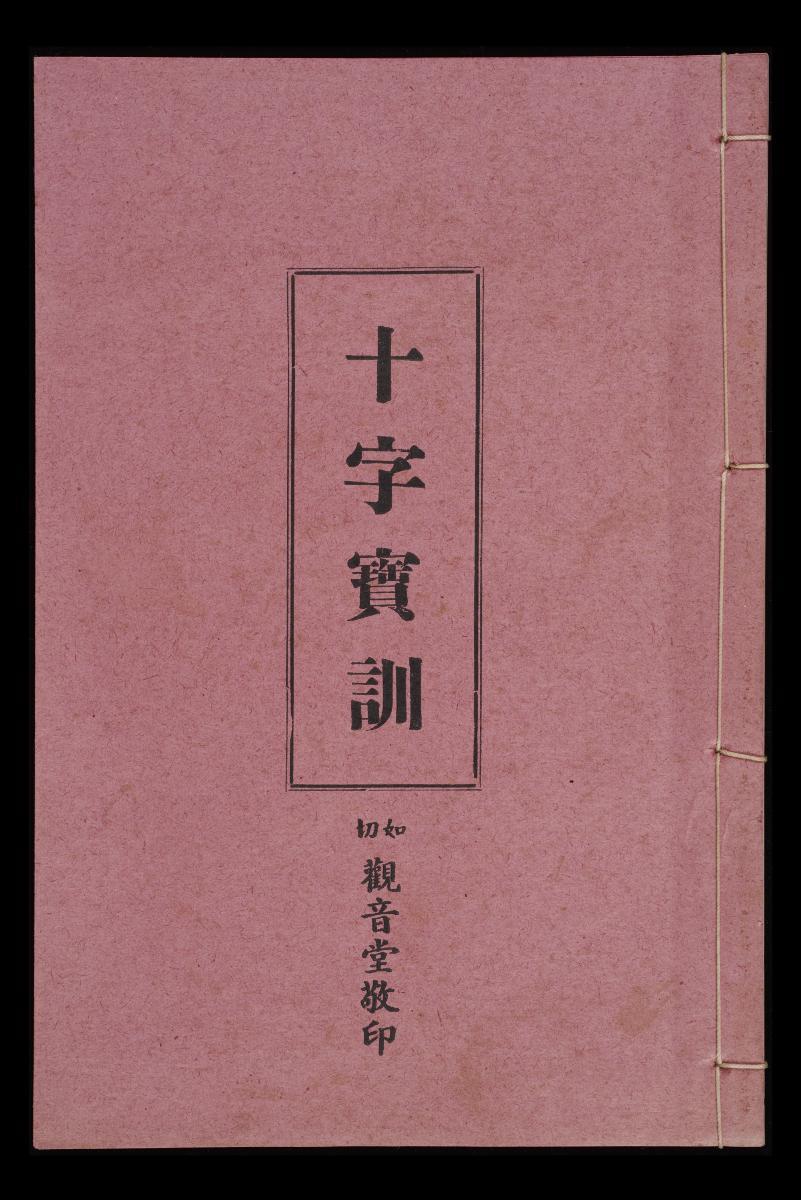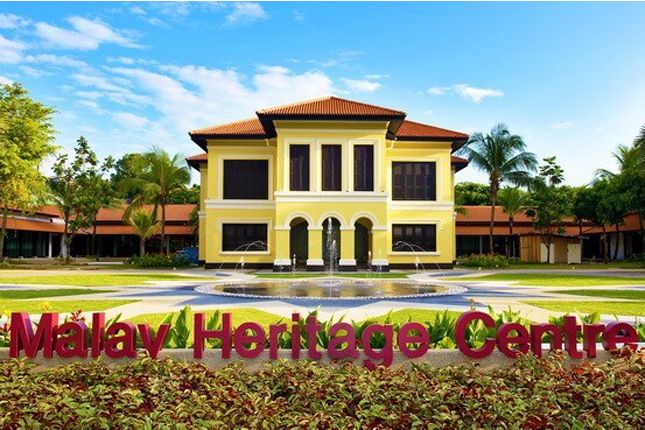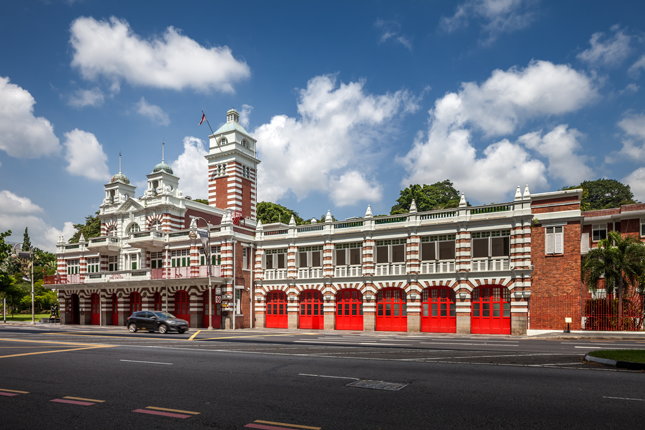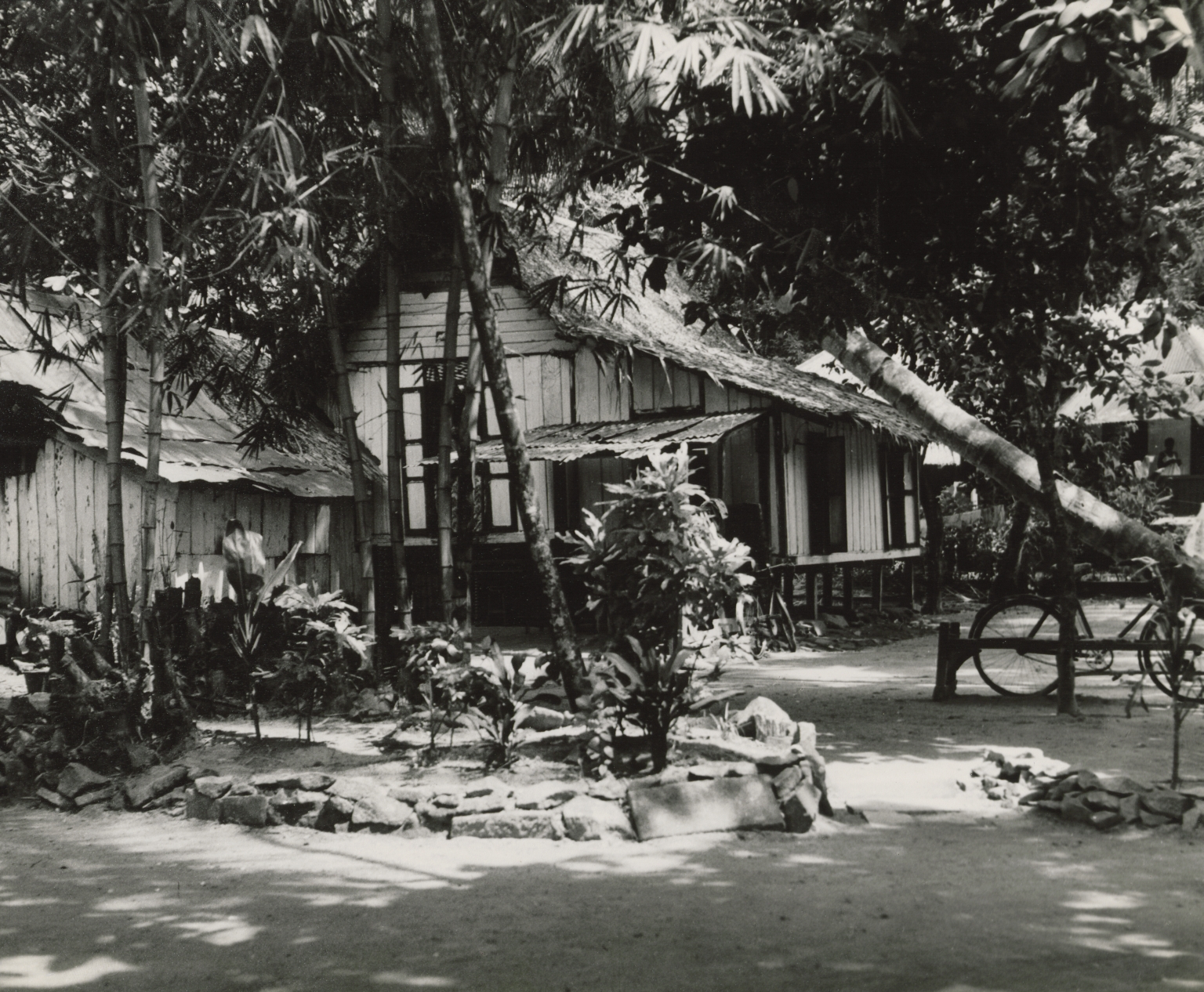TL;DR
The Heritage Activation Nodes (HAN) initiative is a key project under NHB’s “Our SG Heritage Plan 2.0” aimed at empowering communities to explore and celebrate our heritage, and to enliven our neighbourhoods. Commencing in 2024, a series of HANs will be launched in various precincts to engage the community in the development of heritage projects and programmes. This initiative aligns with NHB’s efforts to increase heritage touchpoints, revitalise our heartlands through heritage, promote volunteerism and strengthen community capabilities. The initiative focuses on areas without NHB presence, involving community groups as anchor partners. An example is Katong Culture (KC), whose experience and understanding of the community contributed to the development of the first HAN at Katong-Joo Chiat. The second node was recently launched in Clement, home to anchor partner Ngee Ann Polytechnic and other tertiary institutions, and NHB plans to roll out more HANs across the island in the coming years.Ow Kim Kit, a member of Katong Culture (an interest group of the Joo Chiat Community Club Management Committee), shares her experience working on the HAN at Katong-Joo Chiat.
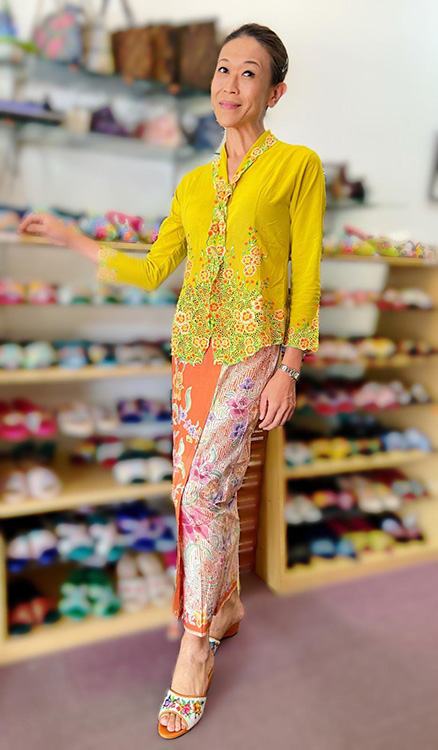
The author in her sarong kebaya and kasut manik. “It is unbelievable to think a Nyonya in the old days used to fetch from the well wearing this!” (2024) Image courtesy of the author.
What are some of your personal memories of growing up in Katong-Joo Chiat?
As a child in the 1970s, there was not very much to do or be distracted by, unlike today. The simple act of getting onto a trishaw with my mother weekly and going to the wet market on Joo Chiat Road or the Siglap Market on East Coast Road was not just “something to do”, it was a highlight! Sadly, both the Joo Chiat Market[1] and Siglap Market[2] were shuttered to make way for new modern shopping complexes in the late 1970s and late 1980s respectively.
The sights, sounds and smells of my childhood growing up in the Katong-Joo Chiat area have left indelible impressions on me. While Katong-Joo Chiat[3] has evolved over the years, nobody can take these memories away from me. Moving out of the precinct in recent years was heartbreaking but I was very happy to continue being part of where I grew up as a volunteer of Katong Culture (KC), an interest group of Joo Chiat Community Club (JCCC)[4]. Indeed, you can take the girl out of Katong-Joo Chiat, but you can never take Katong-Joo Chiat out of the girl!
Do you recall any particular heritage businesses in the neighbourhood?
For those who live in the Katong-Joo Chiat area, or even just those who are in love with it will undoubtedly have their own favourite shops or businesses which they have patronised for years. As a child, I was taken by my mother to the clinic next to the Red House Bakery[5], which has since become a fancy enclave of eateries serving up every imaginable cuisine from Thai to Italian. I am glad that some familiar names like Guan Hoe Soon Restaurant[6], Kim Choo Kueh Chang[7] and Kuay Guan Huat Joo Chiat Popiah[8] have weathered the times and remain anchored in the precinct.
As Katong-Joo Chiat evolved in recent years to host a number of glitzy boutiques, western styled bakeries and other specialty shops, we also see the departure of several old-style shops. There has always been a part of me, and I am sure many others who want to promote and preserve the uniqueness of Katong-Joo Chiat and nurture a new generation of heritage enthusiasts who will continue this effort.
During the HAN@K-JC Launch Festival, heritage enthusiasts tried their hand at wrapping kueh chang (rice dumplings) and banana heart arem-arem with Kim Choo and SayurStory. (2024) Image courtesy of National Heritage Board.
What motivated you to become involved in NHB’s first HAN, and how did it differ from your previous experiences as a heritage enthusiast and author?
Nearly five decades later (yes, I can imagine you mentally guessing my age now), as a member of KC, I found myself being part of the NHB’s “Heritage Activation Node” or HAN initiative. As with similar programmes in countries such as the UK, the HAN initiative is about empowering the community to revitalise the heritage of Singapore’s neighbourhoods. With more than a century of development, nobody will deny that there is a unique and rich multicultural heritage that has been firmly instilled and preserved in Katong-Joo Chiat! As a heritage enthusiast, I have always been on the prowl for all things historical, I even wrote two books on Singapore’s culinary heritage![9]
The HAN initiative however is something on a completely different level and scale, one that brings the whole of Singapore together, in celebration of our national heritage. I was initially bowled over by NHB’s plans when they were first introduced to KC as its first anchor community partner. Of course we were excited to be part of it, of course we were honoured to be selected as the first HAN! This is Katong-Joo Chiat after all, where many Peranakans and the Eurasian community called home in the early days[10]. But the plans were huge, and we really wanted to help pull things off and make sure we succeeded!
The author proudly representing Katong-Joo Chiat, where she grew up. (2024) Image courtesy of the author.
What were the key challenges of working on this project?
I vividly remember that we were barely coming out of the COVID-19 crisis when the HAN initiative swung into full action, with so many of us coming together raring to make this work. The founding member of KC, Gavin Chan and I have both been volunteers at JCCC for years now and we were both thrilled to be involved in this project to rejuvenate Katong-Joo Chiat! The meetings and the planning to implement HAN took place for over a year.
There were multiple site visits, coordinating with the owners of heritage businesses in the area, recruiting volunteers, organising events such as a Peranakan Tok Panjang[11] to usher in the excitement and create awareness and also conducting trial walking tours, all leading up to the launch during the weekend of 20th and 21st April 2024 right here in the neighbourhood, with 29 different programmes, 28 other community partners across 9 locations within the neighbourhood. It was all a buzz!
Leading up to the actual launch, I was also very happy to have worked with a group of students as part of the LASALLE’s BA (Hons) Arts Management programme on industry projects in close collaboration with the selected industry partners. The students worked painstakingly to conceptualise a script for a guided tour in Katong-Joo Chiat which incorporated certain fun elements geared towards Gen Z participants. A card game was also developed which featured many elements of history and on-site interviews that would seek out each participant’s personal memories of the area. How we managed to eventually pull this all off remains baffling to me and I would just say the collective efforts of NHB and KC and perhaps a stroke of divinity brought everything together.
At the launch of the Heritage Activation Node @ Katong-Joo Chiat with Advisor Tan See Leng, NHB senior management and grassroots leaders. (2024) Image courtesy of National Heritage Board.
Describe the launch of the festival.
The morning of 20 April 2024 gave us some jitters, not just because we were greeted by foreboding cumulous formations but also an actual threat of rain! We had a festival to launch, a mural to complete, food stalls all set up, sarong kebaya[12] displayed, and Advisor Tan See Leng, Marine Parade GRC Grassroots organisation[13] to host. The last thing we needed was really for the weather to wreak havoc and literally rain on our parade! The heavens could not contain their excitement about our Katong-Joo Chiat HAN launch and rain it did.
Yet, there was composure amidst the chaos, with all our volunteers lined up to execute our wet weather plan. It was most heartening to see how crowds of people from all over Singapore congregated at JCCC, with raincoats and brollies, young and old. Fortunately, the intermittent rain patches eventually subsided in time for the opening ceremony and for Advisor Tan to complete the mural painting and also personally conduct a walking tour of the area.
Throughout the festival, and true to the Katong-Joo Chiat way, there was a burst of colour, endless enthusiasm and never a dull moment. I was personally stationed at JCCC’s sarong kebaya photobooth helping Ms Christine Ong, our resident kebaya expert who has written a book on this beautiful artform that is also what the Nyonya would wear, in varying degrees of opulence, daily. For two days, we dressed visitors in the traditional garment which is essentially a two-piece ensemble consisting of an embroidered blouse held together by the kerosang[14] and a sarong skirt. Most of the time, a riot of colours will create a wonderful result and whether you are pounding spices in the kitchen or going to a Tok Panjang feast, you can always find a suitable sarong kebaya for the occasion.
As a proud owner of many sarong kebayas and the traditional beaded footwear kasut manik[15], I am elated that the craft and practices related to kebaya has been collectively nominated for inscription onto the UNESCO Representative List of Intangible Cultural Heritage of Humanity, together with our neighbours Brunei, Indonesia, Malaysia, and Thailand, where the sarong kebaya is also widely worn[16].Fingers crossed it will get the recognition it so deserves soon!
Residents of and visitors to Katong-Joo Chiat were out in full force to support the launch of the first Heritage Activation Node. (2024) Image courtesy of National Heritage Board.
What has the feedback from participants and visitors been like?
The response for the Katong-Joo Chiat HAN Festival was overwhelming! Many little nooks in the area were buzzing with activities, from cultural performances in i12 Katong shopping centre, to culinary demonstrations conducted by Kuay Guan Huat and the Peranakan Indian (Chitty Melaka) Association of Singapore, and tours of private Peranakan collections at museums like The Intan and Straits Enclave. There were also events such as the Lelong! Lelong! Pasar malam in Singapore Exhibition at Haig Road Market and Food Centre, a gamified neighbourhood exploration game HiddenSG @ Katong-Joo Chiat Race: Festival Race Edition, and so much more.
The Katong-Joo Chiat area also is the home of many of our friends in the Eurasian community who have settled here decades ago, firmly anchoring it with their traditions and culture. The Eurasian Association of Singapore is situated right here on Ceylon Road, a stone’s throw from Joo Chiat Road and diagonally opposite the famous Dunman Food Centre. Needless to say, our Eurasian friends were also all out in full force as they volunteered during the festival in various aspects to showcase their unique heritage. One would not want to miss experiencing the culinary prowess of Chef Mary Gomez as she marvelled many in the cooking workshops she conducted during the festival!
An engaging walking tour in the colourful Katong-Joo Chiat neighbourhood. (2024) Image courtesy of National Heritage Board
How was the experience for the organisers and volunteers?
I was also pleasantly surprised at how all our volunteers for the HAN festival also signed up for a committed period to offer their time to continue promoting Katong-Joo Chiat. To this end, I share Gavin’s thoughts and credit NHB’s support in boosting KC’s work in the area, particularly in developing volunteers’ skills through workshops and increasing our pool of volunteers beyond Katong-Joo Chiat residents.
One such volunteer and heritage champion is Tan Li Ming, a lifelong Katong-Joo Chiat resident, whose passion to share the area’s heritage and hidden gems made her respond to our call for volunteers. Li Ming who has a very serious day job as a scientist[17] said that the training for the HAN festival launch prepared her to guide one of the trail programmes and helped foster community spirit among those who live in the neighbourhood.
What’s your main takeaway been from this experience?
As things wrapped up after the 2-day festival, I take pride in the fact that Singapore as a young nation is so blessed with a rich multi-racial and multi-cultural heritage. We all have a role to play in safeguarding and perpetuating this heritage. Katong-Joo Chiat may be the first HAN to be launched but with the amount of enthusiasm generated, it is without a doubt that our community will rally together to support the NHB’s wonderful initiative to launch more HANs across the island.
Notes
-
[1]https://www.straitstimes.com/singapore/secret-journeys-in-singapore-stroll-through-retro-katong. Joo Chiat and Changi markets that existed side by side were both demolished in the late 1970s to make way for Joo Chiat Complex.
[2]https://eresources.nlb.gov.sg/newspapers/digitised/article/straitstimes19881218-1.2.33.1
[3]Katong-Joo Chiat is an enclave located in the eastern part of Singapore that is well known for its great food, architecture, history and where diverse communities such as the Peranakans, Eurasians and Ceylonese settled in the 1900s.
[4]Katong Culture is an interest group established by Joo Chiat Community Club Management Committee (CCMC), a Marine Parade grassroots organisation. The group is made up of ground up activists from civic society, grassroots organisations and volunteers with an interest and love for the Katong-Joo Chiat neighbourhood.
[5]The actual name of the famous building was named after its one-time occupant “Katong Bakery & Confectionery”. It was built in 1925 but closed in 2003 when the building was deemed unsafe. It still stands there today housing other businesses, and presumably with its structure strengthened. (https://www.nlb.gov.sg/main/article-detail?cmsuuid=9c36d606-83cb-4579-8d14-a363067a13b1#:~:text=It%20was%20established%20in%201925,occupying%20was%20deemed%20as%20unsafe.&text=There%20were%20two%20Red%20Houses,the%20shop%20entrance%20in%201925
[6]Guan Hoe Soon is possibly the oldest family run Peranakan restaurant in Singapore, dating back to 1953. It has been said that it was the favourite of the late Mr Lee Kuan Yew who was himself Peranakan.
[7]Kim Choo Kueh Chang was established in 1945 and renowned for its traditional Nyonya rice dumplings, known as "kueh chang." With a legacy which has spanned generations, Kim Choo Kueh Chang remains a beloved destination for locals and tourists alike seeking authentic and delicious Nyonya kueh and other confections.
[8]Kuay Guan Huat Joo Chiat Popiah has been in Joo Chiat for over 80 years, selling the humble popiah (spring rolls) skin, using the same recipe which has been passed down from its founder who originated from the Fujian province in southern China.
[9]https://www.stbooks.sg/products/delicious-heirlooms-1-2-bundle-set Both books were supported by the National Heritage Board’s Heritage Participation Grant.
[10]https://www.nlb.gov.sg/main/article-detail?cmsuuid=e84d96e6-53d3-4cb6-a0fc-63d9e0f1dca5
[11]Tok panjang literally means “long table” in a hybrid of Hokkien and Malay. The Peranakans have always had a rich Chinese heritage in their culture and daily lives, speaking both Malay and Chinese dialects with ease. Tok panjang describes a special event (such as birthdays and weddings) where a long table will be set, and many delectable Peranakan dishes will be placed on it for the guests in celebration of the occasion.
[12]The sarong kebaya refers to the traditional combination of a tubular batik skirt (sarong) with a fitted buttonless blouse (kebaya) is worn by Peranakan women or the Nyonya in Singapore, Malaysia, Indonesia, Thailand, and Myanmar.
[13]Advisor Tan See Leng is also the Minister of Manpower and Second Minister for Trade and Industry.
[14] Kerosang rantai (sometimes called kerongsang rantai) is a traditional the set of three decorative brooch-pins linked by a chain, commonly used to fasten or adorn the front of the the kebaya. In the old days, kerosang could be very expensive if they were made from gold and precious stones and were sometimes passed down as heirloom jewellery from one generation to the next.
[15] Kasut manik are the colourful beaded shoes which used to be hand-embroidered by the Nyonya using colourful beads. These amazing works of art are beautifully paired with the traditional sarong kebaya. The art of hand-beading kasut manik is now practised by very few people.
[16]https://www.straitstimes.com/singapore/singapore-brunei-malaysia-thailand-to-jointly-nominate-the-kebaya-for-unesco-intangible-cultural-heritage-list
[17]Ms Tan Li Ming is an associate scientist who analyses satellite images at the National University of Singapore. She is a HAN Heritage Champion, who created an Instagram account @katong.joochiat that pays tribute to the precinct.





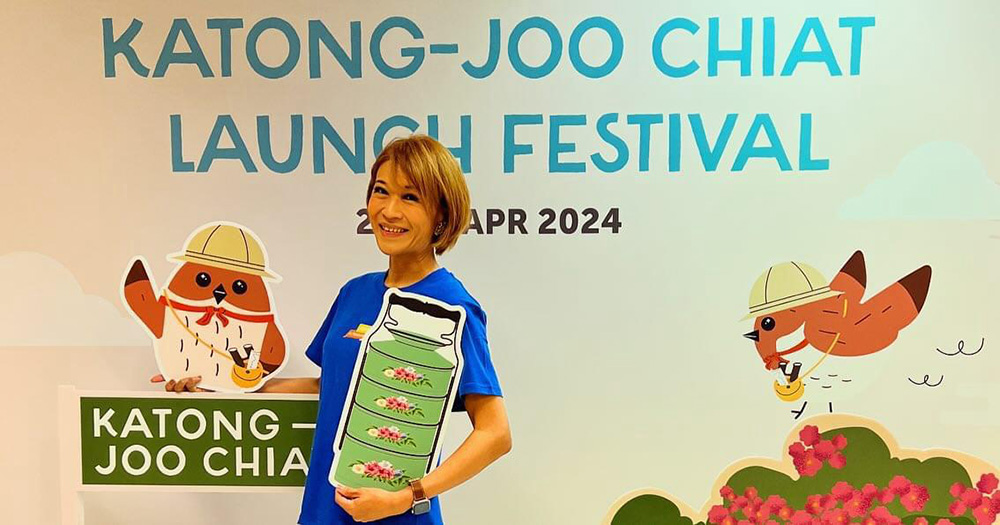
.ashx)
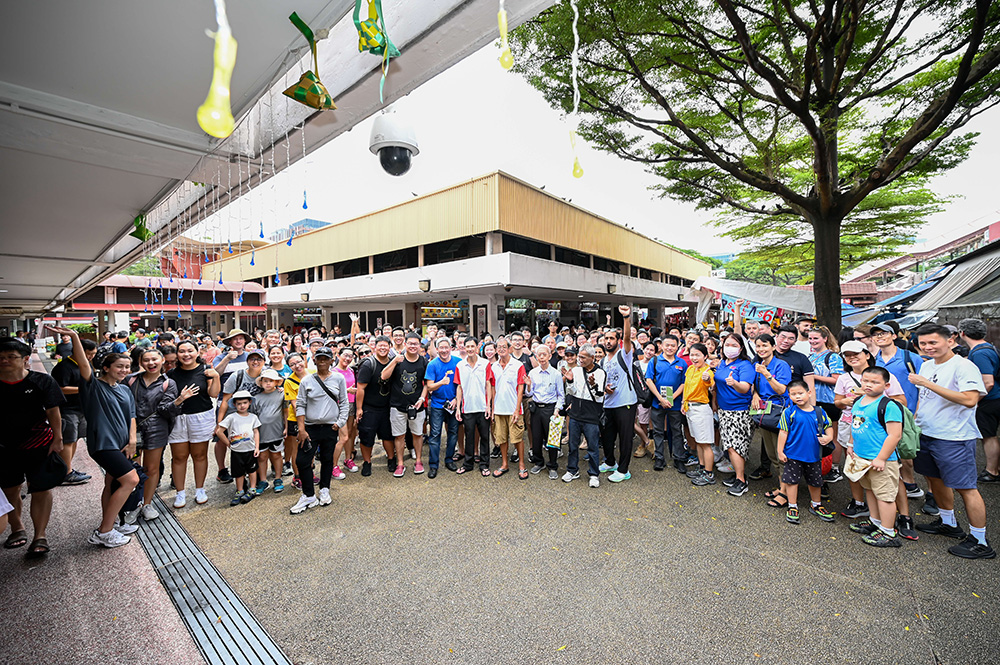
.ashx)
